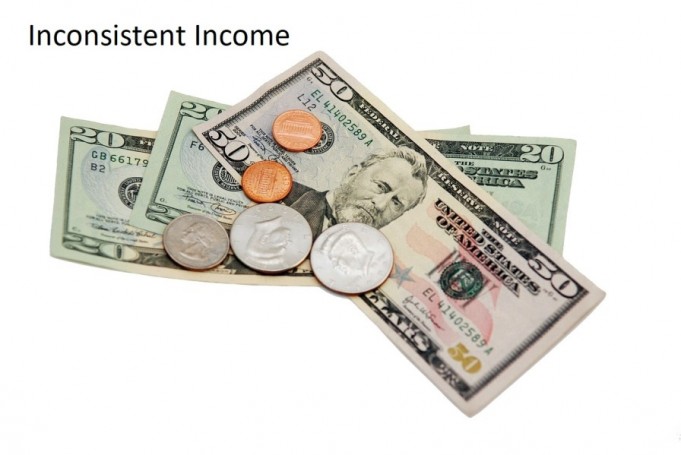Budget and Plan With an Inconsistent Income
Budgeting and planning with inconsistent income can seem to be significantly harder if you are someone who has an inconsistent or irregular income. Therefore, how exactly should you approach it? This is exactly what we will be discussing in this article. Let’s get started.
Consider Setting Up a Baseline in Inconsistent Income
One of the first steps you need to take to budget with an inconsistent income is to set up a viable baseline. Start off by systematically going through the last two years of your income. Find out both the highest and lowest income figure that you made in those two years and then calculate the average. This will give you your baseline.
Make a Budgeting Worksheet
Now that you have figured out your baseline, you can begin moving forward with a budgeting worksheet. First, try to fit in all your necessities such as groceries, housing, electricity, water, and other things within the baseline amount that you found using the previous step. After this, check how much of your other expenses your baseline will be able to carry and put that down on your budget as well. This will give you your first bare minimum budget which you can use to navigate all your monthly expenses going forward.
Set Up a Plan For Your Goals in Inconsistent Income
This is the third most important step for budgeting with an inconsistent income. You have to create a plan for all the excess money that you earn in any given month. This plan will help you fulfill all your long term goals you have been delaying yourself from achieving again and again. Put down all the important long terms goals you have in this plan. Be it purchasing a car or saving up for your children’s college education. After you have done this, you can slowly begin to funnel all the extra money that you earn towards them. Soon enough you will see that you are steps closer to achieving your long term goals.
Budget Every Small Payment or Check You Get
This is a very crucial step for budgeting with an inconsistent income. Whenever you get your hands on a small payment or a check, always make sure you are splitting it up into all the appropriate categories it needs to go to after you have taken into account taxes.
Start Building a Big Cushion of Cash
If you have a big enough cushion of extra cash then you needn’t worry that much about your inconsistent or irregular income. You can do this by stashing away a hefty amount of money in your account so that it can help you provide a cushion during the months when your clients haven’t paid you on time. Also, remember that this cash cushion isn’t the same as an emergency fund. This cushion is only to help you out during an unforeseen period of major inconsistency in your income.
An emergency fund is a separate account that shouldn’t be used unless you have hit rock bottom or you are going through the absolute worst-case scenario. This brings us to the end of our discussion on how to budget with inconsistent income. Now, let us know some of your recommended strategies for doing the same.









